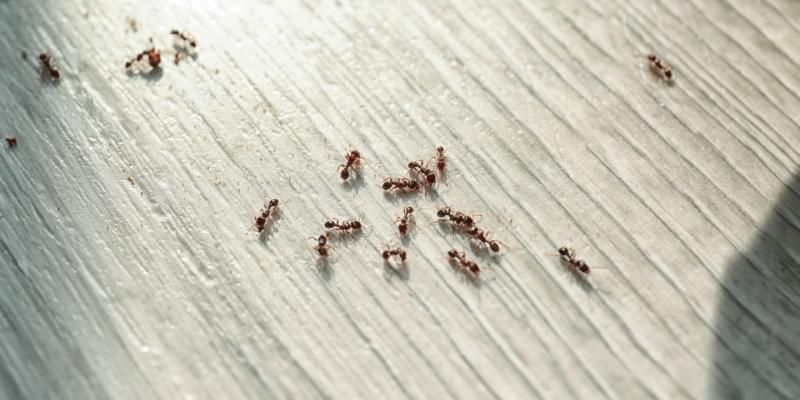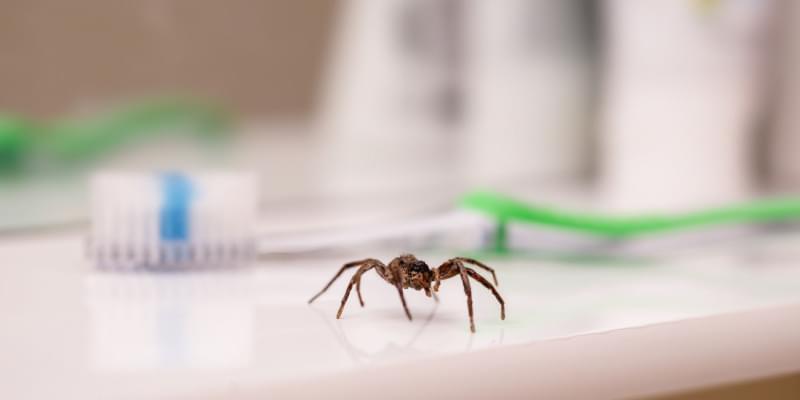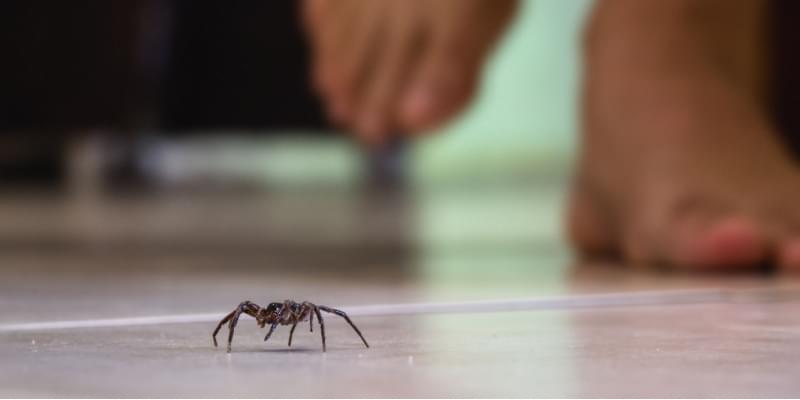Ants are fascinating creatures, but when they invade your home, they can quickly become a nuisance. These tiny insects are social and highly adaptable, making them adept at infiltrating residential spaces in search of food and shelter. Spotting the early signs of an ant problem can help you take prompt action and prevent a minor issue from turning into a full-blown infestation. Here are the top three signs that indicate you may have an ant problem in your home.
1. Ant Trails and Nesting Sites
One of the most evident signs of an ant infestation is the presence of ant trails in and around your home. Ants leave behind pheromone trails, which act as invisible highways guiding other ants to food or water sources. As more ants follow these trails, you may observe a steady stream of ants moving back and forth along specific paths.
To identify ant trails, inspect areas near windows, doors, and cracks in the walls, as these are common entry points for ants. You may notice ants trailing along baseboards, countertops, or the edges of floors. Outdoor trails may be visible on paths, walkways, or your home’s foundation.
Additionally, pay attention to potential nesting sites. Some species, like carpenter ants, prefer to build their nests in decaying or damp wood, while others, like pavement ants, nest under pavements or driveways. Carpenter ants can cause significant structural damage over time, so it’s crucial to identify their nesting sites and address the issue promptly.
2. Visible Ants and Ant Mounds
The presence of visible ants, especially in large numbers, is a clear indication of an ant problem. Depending on the species, ants can range in color from brown and black to red or even yellow. Common household ants, such as odorous house ants or pavement ants, are often seen foraging for food in kitchens or near food storage areas.
Some ant species, like fire ants, create noticeable mounds outdoors. Fire ant mounds are usually found in sunny areas and can grow to be several inches tall. These ants are aggressive and can deliver painful stings if disturbed, making their presence a potential safety concern for you and your family.
When you spot a few ants here and there, it’s essential to take action promptly, as it may indicate the presence of a nearby colony. Ants are highly social insects, and what you see as a few scouts could represent a much larger population hidden away in your home or garden.
3. Food and Structural Damage
Ants are primarily driven by their search for food, and an increase in ant activity around your kitchen or food storage areas is a clear sign of an ant problem. They are attracted to sweet, sugary substances and greasy or protein-based foods. If you notice ants congregating around spilled food, crumbs, or open food containers, it strongly indicates an infestation.
In addition to searching for food, some ant species, like carpenter ants, can cause structural damage to your home. Carpenter ants excavate galleries in wood, which can weaken structures over time. Look out for signs of sawdust-like material (frass) around wooden components or discarded insect wings near windowsills, which could indicate carpenter ant activity.
Preventing and Addressing Ant Infestations
If you have noticed any of the above signs, taking prompt action is crucial to prevent the ant problem from escalating. Here are some steps you can take to address and deter ant infestations:
1. Clean Regularly: If you have an ant problem, it is crucial to clean your home regularly. Ants are attracted to food and water sources, so ensuring your living space is clean and free of crumbs and spills will help deter them from invading.
2. Use Ant Baits: Ant baits are a highly recommended and efficient solution for eradicating ants as they target the entire colony, not just the visible worker ants. These small, discreet traps contain a sweet-smelling bait that attracts ants and encourages them to carry it back to their nests. Once ingested by other colony members, the poison in the bait gradually spreads throughout their population, resulting in long-term eradication.
3. Address Moisture Issues: By eliminating excess moisture in your home, you can significantly reduce the chances of ants finding their way inside. One common source of moisture that attracts ants is leaky plumbing or faulty pipes. Any drips or standing water around sinks, toilets, or appliances create a welcoming environment for ants seeking hydration. Regularly inspecting and fixing any leaks can help minimize their presence.
4. Professional Pest Control: Experienced exterminators can accurately identify the ant species and implement effective treatments tailored to your situation.
Recognizing the top three signs of an ant problem – ant trails and nesting sites, visible ants, and food and structural damage – is crucial for timely intervention and prevention. Contact Trio Pest Control now to take care of ant infestations effectively and prevent further damage to your home.



